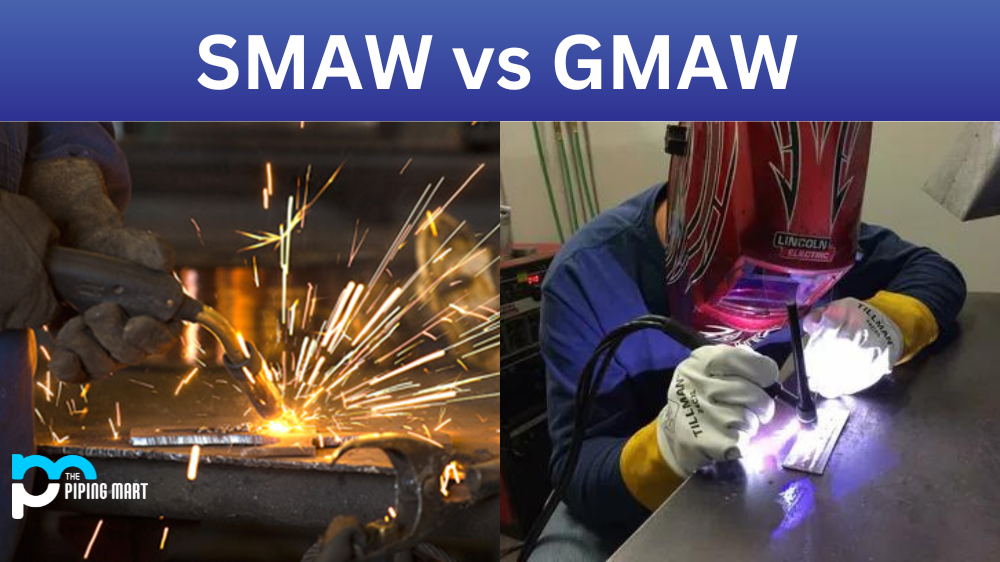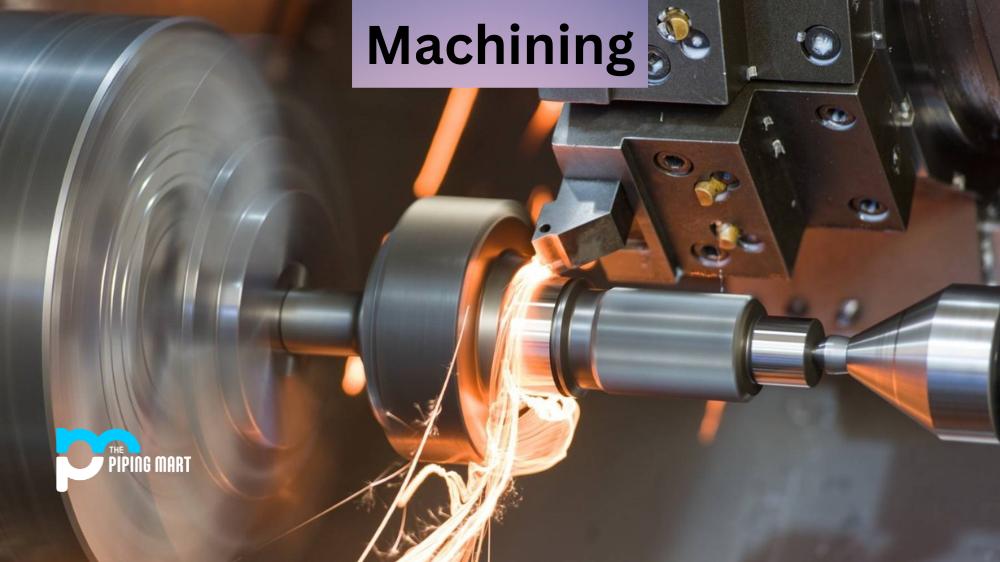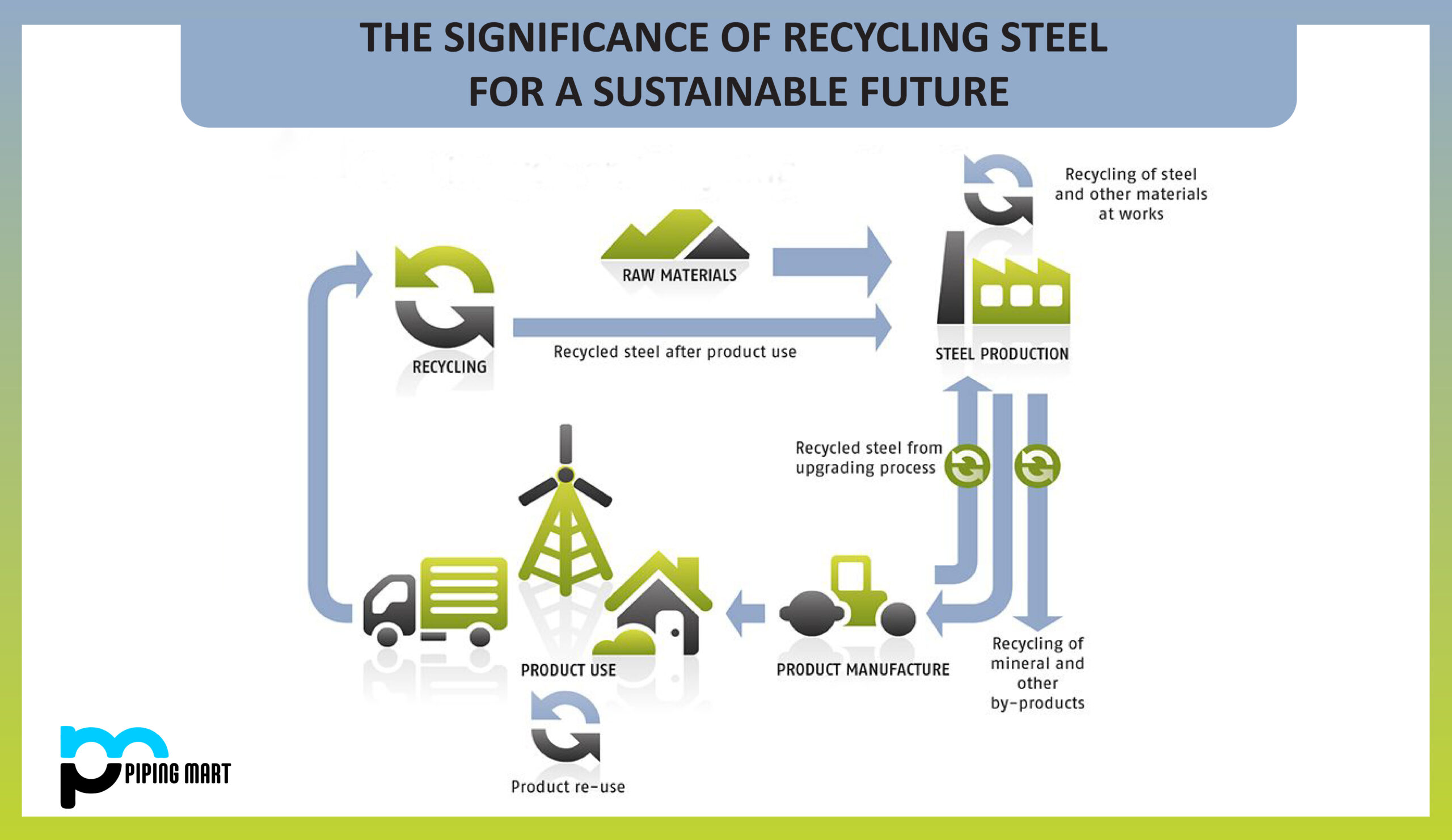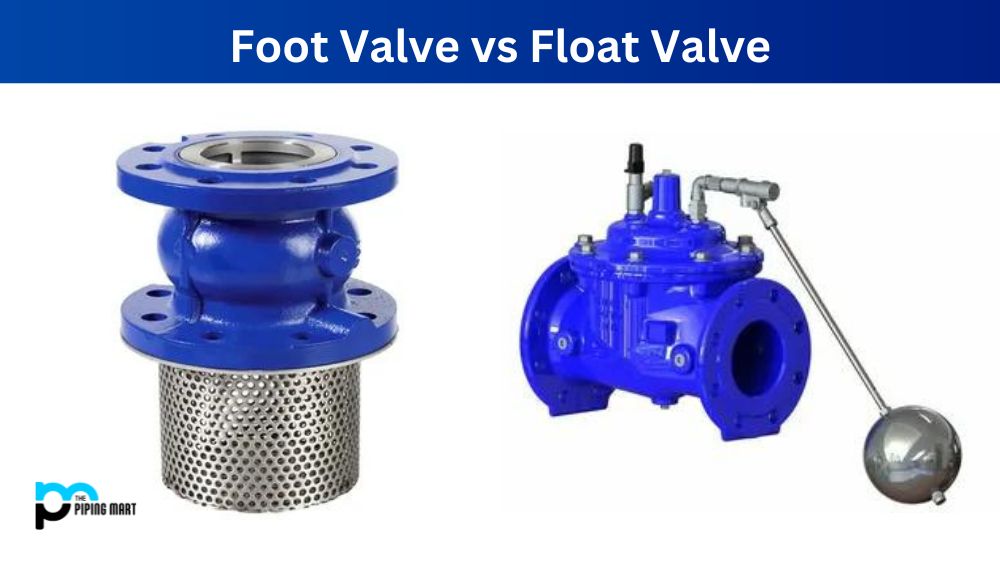If you’re a welder or are just getting into the craft, you may have come across two different processes for joining metal together: shielded metal arc welding (SMAW) and gas tungsten arc welding (GTAW). Both techniques offer unique advantages, but which is best for your project? Let’s take a look at what each process has to offer.
SMAW Welding
Shielded metal arc welding, commonly referred to as stick welding, is the oldest and most widely used form of welding. It uses an electrode made from flux-coated rods consumed during the welding process. These electrodes contain materials such as cellulose, iron powder, manganese dioxide, titanium dioxide and others. When heated by an electric current, these materials create an electric arc that melts the base metals together. The flux coating on the rod also creates a protective gas shield to help prevent oxidation in the weld area.
The biggest benefit of SMAW welding is that it doesn’t require any additional gases or shielding equipment like other forms of welding. This makes it much more cost-effective than other methods and ideal for small jobs or repairs where only minimal amounts of material need to be joined together. The downside is that SMAW requires more skill because the user must maintain control over their electrode while sticking it into tight spaces or around curves. Additionally, this technique can only be used on ferrous metals like steel or iron due to its reliance on electric current instead of heat transfer alone.
GTAW Welding
Gas tungsten arc welding creates an electric arc between a non-consumable tungsten electrode and the workpiece in an inert environment filled with argon or helium gas mixtures. Because GTAW relies solely on heat transfer instead of electric current like SMAW, GTAW can be used on virtually any type of metal – ferrous or nonferrous – including stainless steel and aluminium alloys. This makes it ideal for high-precision aerospace engineering and automotive manufacturing applications, where exact tolerances must be met when joining parts together. Unlike SMAW, however, GTAW requires additional shielding gases, which can add high costs if large amounts of material need to be combined. Additionally, GTAW requires more skill since users must be able to regulate their torch angle to achieve optimum results precisely.
Difference Between SMAW and GMAW
- Shielding gas: Inert gas is used in GTAW, whereas active gas is used in SMAW.
- Electrode type: GTAW uses a non-consumable electrode, while SMAW uses a consumable electrode.
- Power source: GTAW can be performed with either AC or DC power, while SMAW can only be performed with DC power.
- Current type: GTAW uses direct current, while SMAW uses alternating current.
- Polarity: GTAW can be performed with either positive or negative polarity, while SMAW can only be performed with positive polarity.
- Travel speed: GTAW requires a slower travel speed than SMAW.
Conclusion:
Both SMAW and GTAW offer unique advantages depending on your project needs – so how do you decide which one is right for you? When choosing between these two techniques, consider your budget limitations as well as your skill level when making your decision – if cost isn’t an issue, then GTAW might be your best option due to its versatility with different types of metals, while if you’re looking for something easy and inexpensive then stick with SMAW since no extra equipment is necessary besides the electrodes themselves. Ultimately both techniques get the job done, so make sure to choose wisely!

A passionate metal industry expert and blogger. With over 5 years of experience in the field, Palak brings a wealth of knowledge and insight to her writing. Whether discussing the latest trends in the metal industry or sharing tips, she is dedicated to helping others succeed in the metal industry.




